Fashions come and go in farming, just as in other industries. Crops or breeds become popular for a while, then wane or disappear; but some trends in agriculture have shown staying power.
As people yearn for a closer connection to their food and farmers are forced to get creative to remain sustainable, agritourism is on the rise.
According to Stats Canada, about 32% of Canadians lived and worked on farms in 1931; now that number is 2.2%, even as the total population has increased. Despite this sharp decline, with improved equipment, seeds, livestock breeds and farming techniques, farms themselves have grown, from an average of 200 acres in 1931 to more than 800 acres today.
Over time, many farms have moved from growing food largely for themselves and local markets to producing for big urban areas and for export. But there�s a complementary trend emerging, too�one that focuses on small-scale, specialized production of meat, fruits and vegetables, honey, maple syrup, eggs and more.
In many cases, these farms have expanded into agritourism, which caters to a booming desire, especially on the part of city-dwellers, to connect with the people who produce their food, and to enjoy authentic encounters in new places. It has the added benefit of diversifying income so farmers are not dependent on a single crop or product. Local examples include pick-your-own fruit farms, corn mazes, small shops or stands selling items baked or harvested on-site, and farm bed and breakfasts.
One of the most prominent agritourism businesses in Kawartha Lakes is South Pond Farms. This working farm hosts weddings, corporate events, concerts, art shows and more, introducing visitors from near and far to country-fresh food in a tranquil setting amid rolling hills, forests and meadows.
?We�ve worked very hard to build an agritourism experience that incorporates what we and our neighbours produce,? says Danielle French, the owner of South Pond. ?We spend well over 65% of our food dollars in the local community to buy apples, chicken, trout, beets, potatoes, eggs and much more. And then there�s our amazing local wine, beer and spirits.?
The farm grows herbs, greens, berries and produces honey from its own bees, as well as thousands of flowers from its glorious gardens. What the team can’t grow themselves, they source from neighboring farms and artisans. Its commitment to local and regional food has earned South Pond the coveted Feast On designation as a ?Certified Taste of Ontario.?
One major supplier is Nesbitt�s Meat Market in Lindsay. ?Ontario is renowned for great agriculture, which is why 99% of our store is Ontario beef, pork, chicken and other local products,? says owner Adam Hayward. ?When local businesses and customers like South Pond Farms support us, we are then able to help many not-for-profit groups, sports teams and service groups in our area.”
Traditional farming is still the backbone of the local economy, but South Pond and others are helping redefine what it means to be a working farm�one that also provides agritourism, bringing a new influx of tourists and customers to our beautiful corner of Ontario.




